Some well-needed rain fell across the country over the past week, giving areas under pressure a chance for recovery. Where ground was beginning to dry up again, the rain has provided good opportunity for continued growth. This is a welcome change for many people growing grass for third-cut silage.
Growth appears to be going well across all our Fodder watch farms and at the moment the improved conditions are taking their course. Fertiliser application is having a strong impact, whether it was spread three weeks ago or one week ago.
For grazing ground, it is important to maximise the growth opportunities in light of the rain and continue spreading.
Fodder deficits
Farms with fodder deficits are encouraged to let grass stocks build up on farms to take surplus bales off the grazing platform. This could mean keeping concentrate supplementation up for the moment until average covers are exceeding demand.
Moisture in the soil following the rain will allow quick germination
Fodder crops and catch crops that had germinated in poor conditions are playing catch-up which may have an effect on yield. Crops that were sown recently should see the benefits of good germination. Soil temperatures are remaining high. Moisture in the soil following the rain will allow quick germination.
For those hoping to plant a catch crop after the last of the harvest, the end date for the fodder incentive scheme is 15 September.
Rathcormac, Co Cork: third-cut silage
After the dip in growth over the last two weeks, the rain arrived over the weekend on Jack Kearning’s farm in Rathcormac. There was more rain than expected and Jack is hopeful growth will increase over the coming days. As the rain has arrived, it’s a case of wait and see for the drier fields.
According to Jack, the best-case scenario will be for the areas that had begun to wilt to just stand up again rather than form new shoots.
Temperatures have dropped but Jack believes soil temperatures will ensure a good pickup in growth. He is optimistic they will still be able to get a good cut off the crop at the end of September. No more fertiliser has been spread, so the silage fields have gotten between 65 and 70 units of nitrogen.
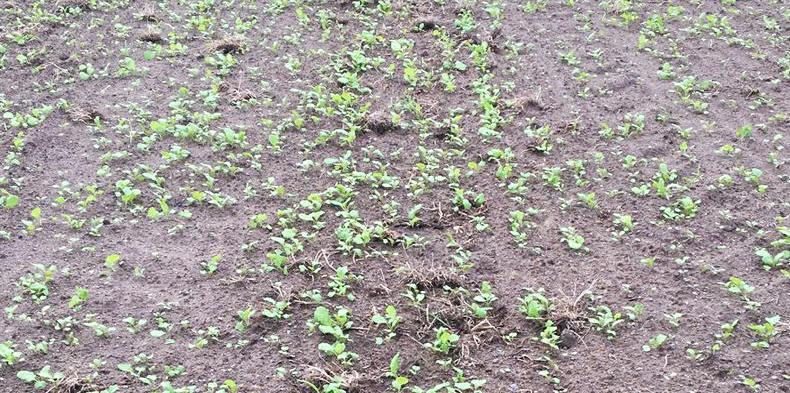
Consistent showers have spurred on growth at Tullamore Farm over the past week.
Tullamore Farm, Co Offaly: fodder crop on a livestock farm
Consistent rain over the past week has kept growth moving on Tullamore Farm. Both grass and the hybrid rape (Redstart and Interval) are growing well. Very little attention has been necessary for the crop since the application of three bags/acre of 18:6:12 after sowing.
Farm manager Shaun Diver hopes to cut silage bales this week to put out in the field to prepare for grazing over the winter. Given the good growth, the crop is beginning to outgrow the weeds. No weed control has been necessary for the crop.
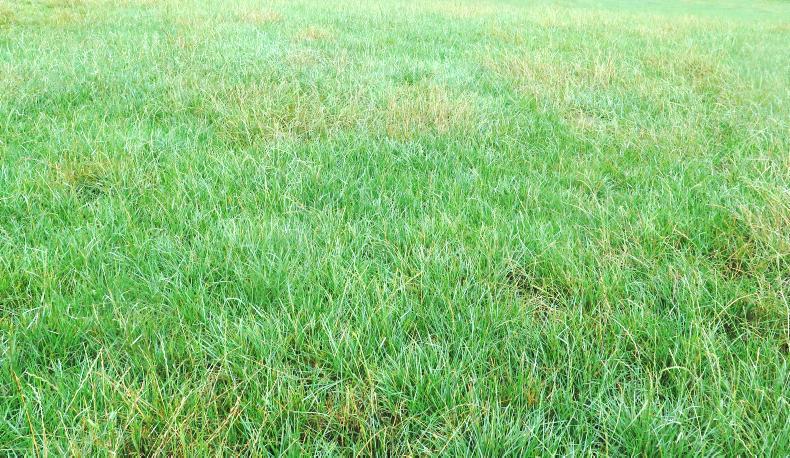
A 23ac field in the midlands growing well.
Midlands: buying third-cut silage
Strong growth has continued over the last week on this farm in the midlands. There was 10mm of rain in the last week with a slight drop in soil temperatures to 16°C. Current cover on the silage fields is 1,600, with growth averaging at 57kg/day over the last seven days. There has been no nitrogen spread on the 23ac field since the last application three weeks ago.
Doneraile, Co Cork: growing grass on a tillage farm
John Stokes’ westerwolds got well-needed rain over the past week which allowed John to spread nitrogen at 60kg/ha or 1.75 bags/acre of 27.5% nitrogen. Prior to this the crop was developing well but was in need of rainfall as it had only received 2mm in the 10 days before the rainfall.
Unlike other grass crops sown around the area moisture in the soil and rainfall immediately after sowing ensured good establishment which has tied the crop over until now.

Michael O'Brien's Redstart hybrid fodder rape is developing well and starting to overtake volunteer barley.
Athy, Co Kildare: growing a fodder crop on a tillage farm
Michael O’Brien’s redstart hybrid fodder rape continues to develop and the crop is now beginning to overtake the volunteer barley plants in the field. The volunteers weren’t significantly checked by the 1.25l/ha of cycloxydim which was applied two weeks ago.
Michael explains that in the future, he will create a stale seedbed through cultivating, inducing volunteer and weed germination and spraying off with glyphosate before sowing a fodder crop.

John Doyle's farm has maintained growth at 72kg/day following heavy rain over the last week. \ Patrick Browne
Bunclody, Co Wexford: spreading more fertiliser on a livestock farm
A lot of rain fell on John Doyle’s farm in Wexford over the last week. Fields had begun to dry up before the rainfall. After being away for a few days there is a notable difference in the farm, according to John.
Growth has held at 2cm in the last week (72kg/day). John hopes to apply 27% nitrogen at a bag to the acre on fields that haven’t got anything since the end of July. He will apply this as the paddocks are grazed.
John is confident there will be continued growth with rain forecast over the next few days.
Some well-needed rain fell across the country over the past week, giving areas under pressure a chance for recovery. Where ground was beginning to dry up again, the rain has provided good opportunity for continued growth. This is a welcome change for many people growing grass for third-cut silage.
Growth appears to be going well across all our Fodder watch farms and at the moment the improved conditions are taking their course. Fertiliser application is having a strong impact, whether it was spread three weeks ago or one week ago.
For grazing ground, it is important to maximise the growth opportunities in light of the rain and continue spreading.
Fodder deficits
Farms with fodder deficits are encouraged to let grass stocks build up on farms to take surplus bales off the grazing platform. This could mean keeping concentrate supplementation up for the moment until average covers are exceeding demand.
Moisture in the soil following the rain will allow quick germination
Fodder crops and catch crops that had germinated in poor conditions are playing catch-up which may have an effect on yield. Crops that were sown recently should see the benefits of good germination. Soil temperatures are remaining high. Moisture in the soil following the rain will allow quick germination.
For those hoping to plant a catch crop after the last of the harvest, the end date for the fodder incentive scheme is 15 September.
Rathcormac, Co Cork: third-cut silage
After the dip in growth over the last two weeks, the rain arrived over the weekend on Jack Kearning’s farm in Rathcormac. There was more rain than expected and Jack is hopeful growth will increase over the coming days. As the rain has arrived, it’s a case of wait and see for the drier fields.
According to Jack, the best-case scenario will be for the areas that had begun to wilt to just stand up again rather than form new shoots.
Temperatures have dropped but Jack believes soil temperatures will ensure a good pickup in growth. He is optimistic they will still be able to get a good cut off the crop at the end of September. No more fertiliser has been spread, so the silage fields have gotten between 65 and 70 units of nitrogen.

Consistent showers have spurred on growth at Tullamore Farm over the past week.
Tullamore Farm, Co Offaly: fodder crop on a livestock farm
Consistent rain over the past week has kept growth moving on Tullamore Farm. Both grass and the hybrid rape (Redstart and Interval) are growing well. Very little attention has been necessary for the crop since the application of three bags/acre of 18:6:12 after sowing.
Farm manager Shaun Diver hopes to cut silage bales this week to put out in the field to prepare for grazing over the winter. Given the good growth, the crop is beginning to outgrow the weeds. No weed control has been necessary for the crop.

A 23ac field in the midlands growing well.
Midlands: buying third-cut silage
Strong growth has continued over the last week on this farm in the midlands. There was 10mm of rain in the last week with a slight drop in soil temperatures to 16°C. Current cover on the silage fields is 1,600, with growth averaging at 57kg/day over the last seven days. There has been no nitrogen spread on the 23ac field since the last application three weeks ago.
Doneraile, Co Cork: growing grass on a tillage farm
John Stokes’ westerwolds got well-needed rain over the past week which allowed John to spread nitrogen at 60kg/ha or 1.75 bags/acre of 27.5% nitrogen. Prior to this the crop was developing well but was in need of rainfall as it had only received 2mm in the 10 days before the rainfall.
Unlike other grass crops sown around the area moisture in the soil and rainfall immediately after sowing ensured good establishment which has tied the crop over until now.

Michael O'Brien's Redstart hybrid fodder rape is developing well and starting to overtake volunteer barley.
Athy, Co Kildare: growing a fodder crop on a tillage farm
Michael O’Brien’s redstart hybrid fodder rape continues to develop and the crop is now beginning to overtake the volunteer barley plants in the field. The volunteers weren’t significantly checked by the 1.25l/ha of cycloxydim which was applied two weeks ago.
Michael explains that in the future, he will create a stale seedbed through cultivating, inducing volunteer and weed germination and spraying off with glyphosate before sowing a fodder crop.

John Doyle's farm has maintained growth at 72kg/day following heavy rain over the last week. \ Patrick Browne
Bunclody, Co Wexford: spreading more fertiliser on a livestock farm
A lot of rain fell on John Doyle’s farm in Wexford over the last week. Fields had begun to dry up before the rainfall. After being away for a few days there is a notable difference in the farm, according to John.
Growth has held at 2cm in the last week (72kg/day). John hopes to apply 27% nitrogen at a bag to the acre on fields that haven’t got anything since the end of July. He will apply this as the paddocks are grazed.
John is confident there will be continued growth with rain forecast over the next few days.







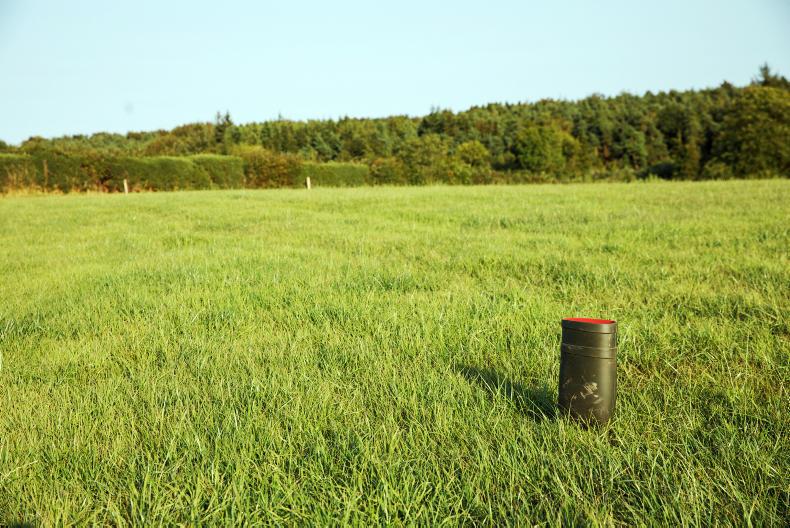
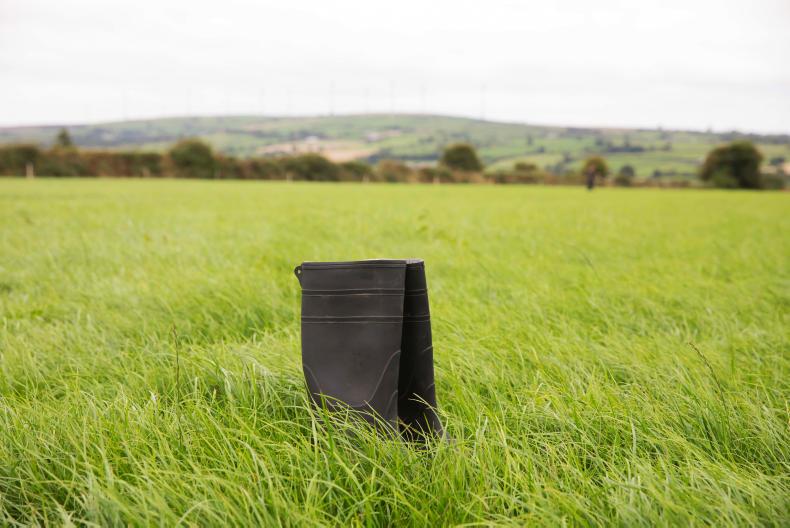


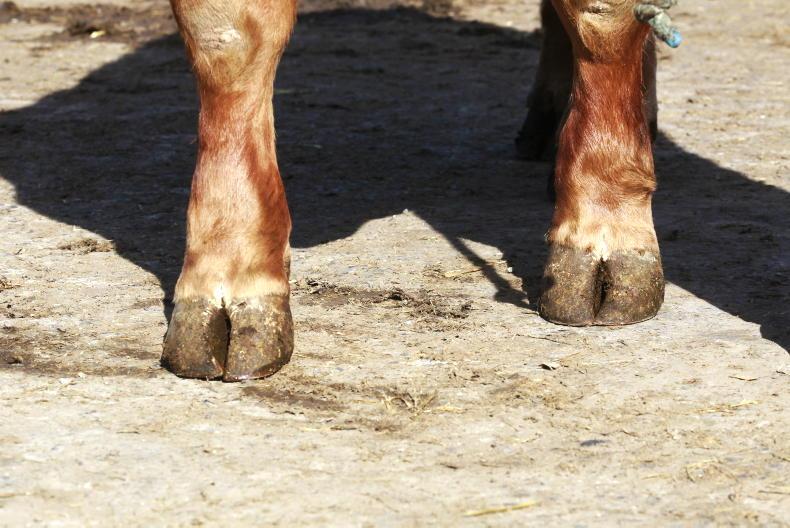
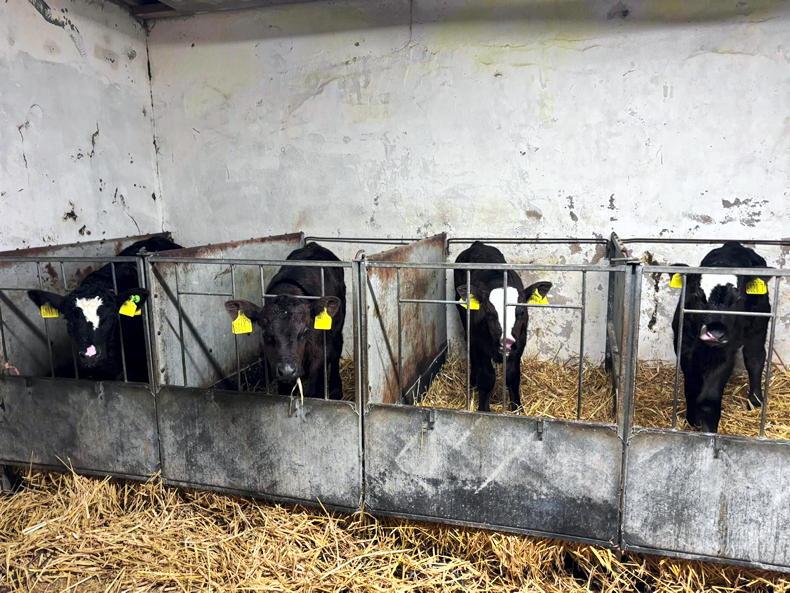
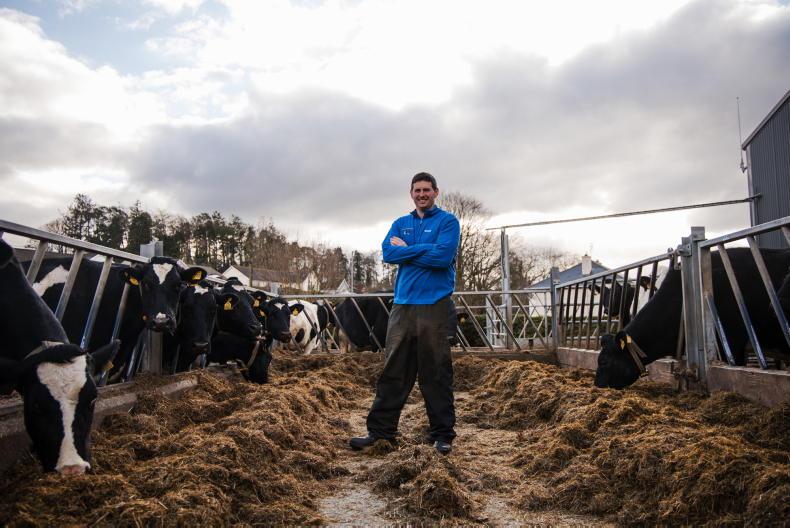
SHARING OPTIONS